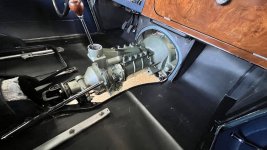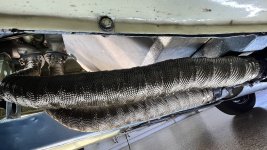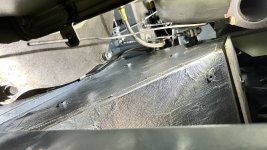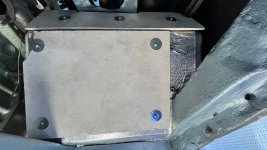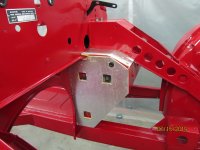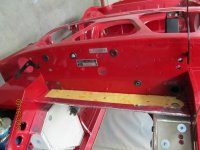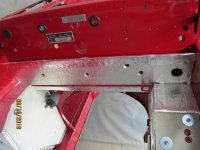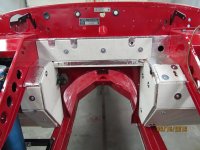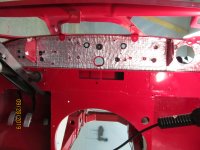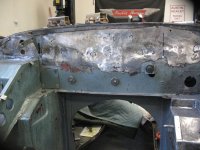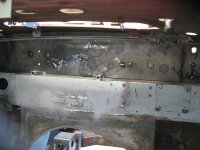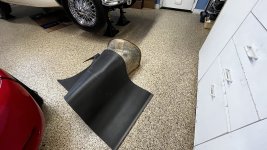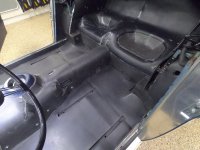Offline
I like it. Do you know if the aluminum panels would clear a factory center shift gearbox?FWIW ... OK... late to the party... and maybe nobody cares at this point.... but I'm kinda in Red57 camp regarding engine/transmission heat buildup.... at least that's how I read his comments. That was my concern ... and it is why I choose to allow the heat/air to continue to move out of the engine compartment and over the transmission. I used aluminum panels spaced 1/4" off the tunnel to direct air and isolated the transmission tunnel. I then added insulation on the outside of the tunnel (HushMat Ultra) to further isolate the heat from the interior. I did this on my last build and current build and have been satisfied with the results.
Of course, none of this meets originality issues if that's your goal.
But, as I said, I'm very happy with the results... tunnel stays cool and, seemingly, I don't add to the buildup of heat in the engine/transmission.
Cheers... Happy New Year!

 Hi Guest!
Hi Guest!

 smilie in place of the real @
smilie in place of the real @
 Pretty Please - add it to our Events forum(s) and add to the calendar! >>
Pretty Please - add it to our Events forum(s) and add to the calendar! >> 

